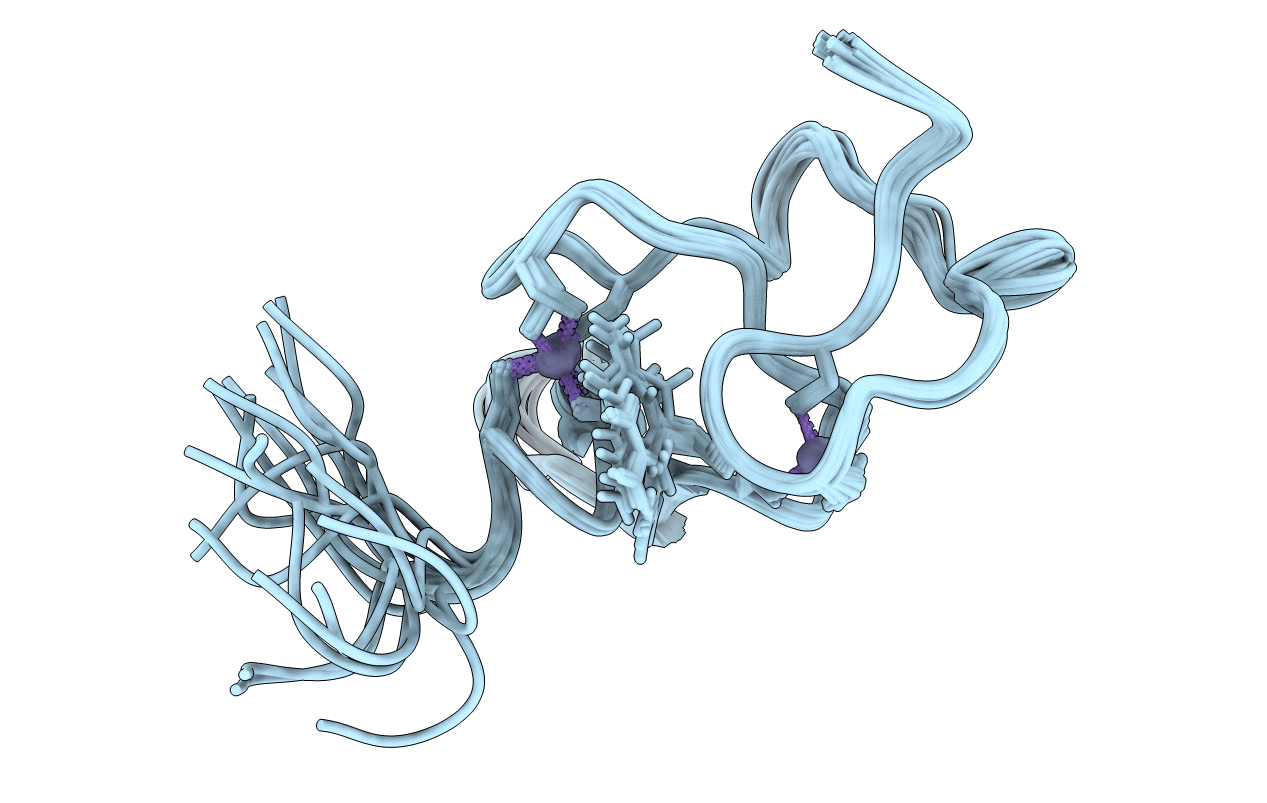
Deposition Date
2017-02-23
Release Date
2017-10-11
Last Version Date
2024-05-15
Entry Detail
PDB ID:
5X6T
Keywords:
Title:
N-terminal Zinc Finger of Synaptotagmin-like Protein 4
Biological Source:
Source Organism:
Homo sapiens (Taxon ID: 9606)
Method Details:
Experimental Method:
Conformers Calculated:
100
Conformers Submitted:
20
Selection Criteria:
structures with the lowest energy


